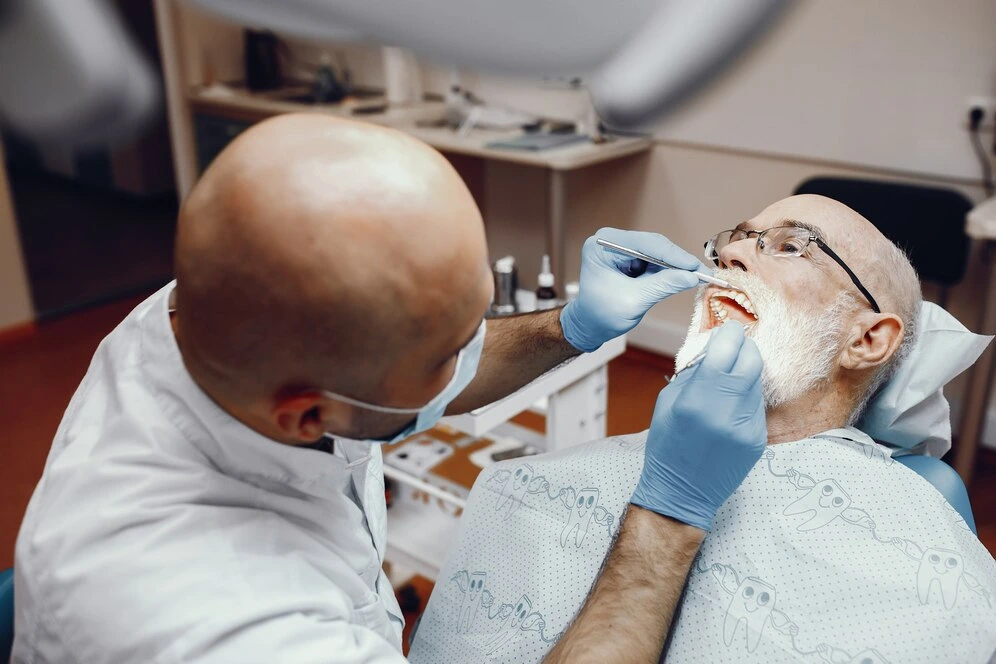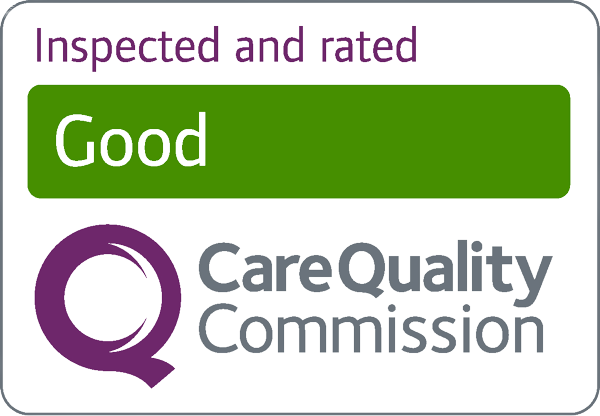
Orthodontics has come a long way from being something only teenagers with braces experience. These days, adult orthodontics is a growing field as more people look to improve their smiles, correct alignment issues, or manage oral health concerns. Whether it’s for aesthetic reasons, health benefits, or to prepare for other dental work, adult orthodontics is a game-changer. This guide will walk you through everything from why adults seek treatment, to the different types available, and how they can improve your life.
Why Do Adults Seek Orthodontic Treatment?
While the reasons vary from person to person, some of the most common motivations include:
- Enhanced Appearance: Many adults want a straighter smile to improve their self-confidence. Recent advancements in orthodontics mean treatments are often discreet, like clear aligners, which are far less noticeable than traditional metal braces.
- Addressing Changes Over Time: Teeth can shift with age, due to natural changes, jaw growth, or simply not wearing a retainer after childhood braces. Orthodontic treatment can help realign teeth that have drifted out of place.
- Oral Health Benefits: Misaligned teeth can contribute to tooth decay, gum disease, jaw pain, and even speech issues. Realigning the teeth not only enhances the look but also improves long-term dental health by making teeth easier to clean and reducing the risk of damage.
- Preparation for Other Dental Treatments: Sometimes orthodontic treatment is recommended as a foundation for other procedures, like implants, crowns, or bridges, to ensure everything is properly aligned before restorative work begins.
Challenges with Adult Orthodontics
Adult orthodontics is a bit different from treatments for younger patients and comes with unique challenges:
- Bone Density: Adults have denser, fully-developed bones, meaning tooth movement can be a slower process.
- Gum Health: Adults are more likely to have gum disease or other periodontal concerns, which need to be carefully monitored during treatment.
- Lifestyle and Aesthetics: Adults might be more self-conscious about visible braces and may prefer subtle or invisible options.
- Time Constraints: Work and family responsibilities can make it difficult for adults to commit to frequent orthodontic appointments.
Types of Orthodontic Treatments for Adults
There’s now a range of orthodontic options tailored for adults, allowing you to choose a treatment that best suits your needs and lifestyle.
1. Traditional Metal Braces
- How They Work: Metal braces use brackets and wires to gradually move the teeth into the desired position. Today’s metal braces are smaller, more comfortable, and more effective than earlier versions.
- Pros: Metal braces are the most reliable for complex cases, like severe misalignment, overcrowding, or bite issues.
- Cons: Metal braces are highly visible, which can be off-putting for adults concerned about appearance.
2. Ceramic Braces
- How They Work: Ceramic braces operate similarly to metal braces but use tooth-coloured or clear brackets, making them less noticeable.
- Pros: Ceramic braces are less visible, so they offer a blend of effectiveness with a more discreet look.
- Cons: Ceramic braces are slightly more fragile and may stain if not cared for properly.
3. Clear Aligners (Invisalign and Similar Brands)
- How They Work: Clear aligners are a series of custom-made, removable trays that gradually shift teeth over time. Patients typically switch to a new aligner every 1-2 weeks.
- Pros: Nearly invisible, removable for eating and cleaning, and comfortable, making aligners a popular choice among adults.
- Cons: Aligners may not be suitable for very complex cases and require strict adherence to wearing them for 20-22 hours daily.
4. Lingual Braces
- How They Work: Lingual braces are attached to the back of the teeth (the tongue side) rather than the front, making them invisible from the outside.
- Pros: Completely hidden from view, ideal for adults concerned about aesthetics.
- Cons: Lingual braces can be trickier to clean, may affect speech initially, and are generally more costly than other options.
The Process of Adult Orthodontics
- Initial Consultation: It all begins with a consultation where an orthodontist examines your teeth, jaw, and bite. X-rays, photos, and digital scans are typically done to help with diagnosis.
- Treatment Plan: After the consultation, your orthodontist creates a treatment plan tailored to your specific needs. This includes the type of treatment, duration, and expected outcomes.
- Active Treatment Phase: During this phase, you’ll attend regular appointments to adjust the braces or switch aligners as your teeth begin to move.
- Retention Phase: Once the active treatment is over, a retainer is crucial to keep your teeth in their new positions. Retainers are often a lifelong commitment if you want to prevent shifting.
Oral Health Considerations for Adults Undergoing Orthodontics
Orthodontic treatment can make daily oral care a bit more complex. Here are some things to keep in mind:
- Gum Health: Braces and aligners can make brushing and flossing trickier, so you need to be diligent with oral hygiene to avoid gum inflammation.
- Preventing Cavities: Orthodontic appliances can create nooks and crannies where food can get trapped, leading to plaque buildup and cavities. It’s essential to keep up with good oral hygiene and regular dental cleanings.
- Jaw Health: Misaligned teeth can lead to jaw pain or temporomandibular joint (TMJ) issues. Proper alignment can improve bite function and relieve some of these symptoms.
The Benefits of Adult Orthodontics
While it requires time and commitment, adult orthodontic treatment has numerous long-term benefits:
- Better Appearance and Confidence: A well-aligned smile can significantly improve confidence, positively impacting personal and professional interactions.
- Improved Oral Health: Properly aligned teeth are easier to clean, reducing the risk of gum disease, tooth decay, and enamel wear over time.
- Enhanced Function: Correcting alignment and bite issues can make eating and speaking easier, as well as alleviate any pain from misalignment.
- Lower Risk of Injury: Teeth that stick out or are misaligned are more likely to chip or break. Realignment protects your teeth and reduces the risk of future damage.
Is Adult Orthodontics Right for You?
Adult orthodontics may be a good choice if:
- You have untreated orthodontic issues such as crooked teeth, overcrowding, or bite problems.
- Your teeth have shifted over time, changing your smile or bite.
- You experience health concerns like jaw pain, speech issues, or difficulty chewing related to alignment.
- You are committed to regular appointments and maintaining good oral hygiene.
Frequently Asked Questions About Adult Orthodontics
- Is it too late to get braces as an adult?
No, there’s no upper age limit for orthodontic treatment. Adults of all ages are seeking orthodontics with excellent results. - How long does treatment take for adults?
The average treatment time is usually 12 to 36 months, depending on the complexity of the case and type of treatment. - Will treatment affect my lifestyle?
It may require adjustments, but adults generally adapt quickly. Clear aligners, for instance, offer flexibility as they’re removable for eating and cleaning. - Are there dietary restrictions?
For metal braces, you’ll need to avoid hard and sticky foods. With clear aligners, you have more dietary freedom, as they can be removed while eating.
Conclusion: The Lifelong Benefits of Adult Orthodontics
Adult orthodontics is about much more than aesthetics; it’s a proactive approach to better oral health, functionality, and confidence. With the wide variety of modern orthodontic treatments available, adults today have more choices than ever to achieve a beautiful, healthy smile. If you’re thinking about orthodontic treatment, a consultation with an experienced orthodontist can help you explore the best options for your specific needs. Remember, it’s never too late to enhance your smile and benefit from a lifetime of improved oral health.


